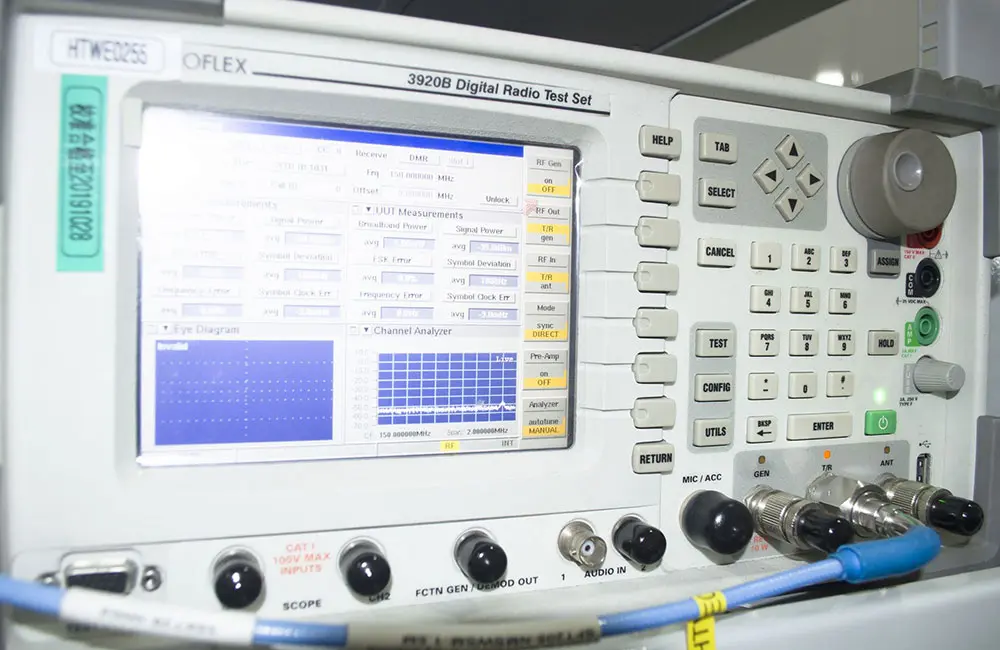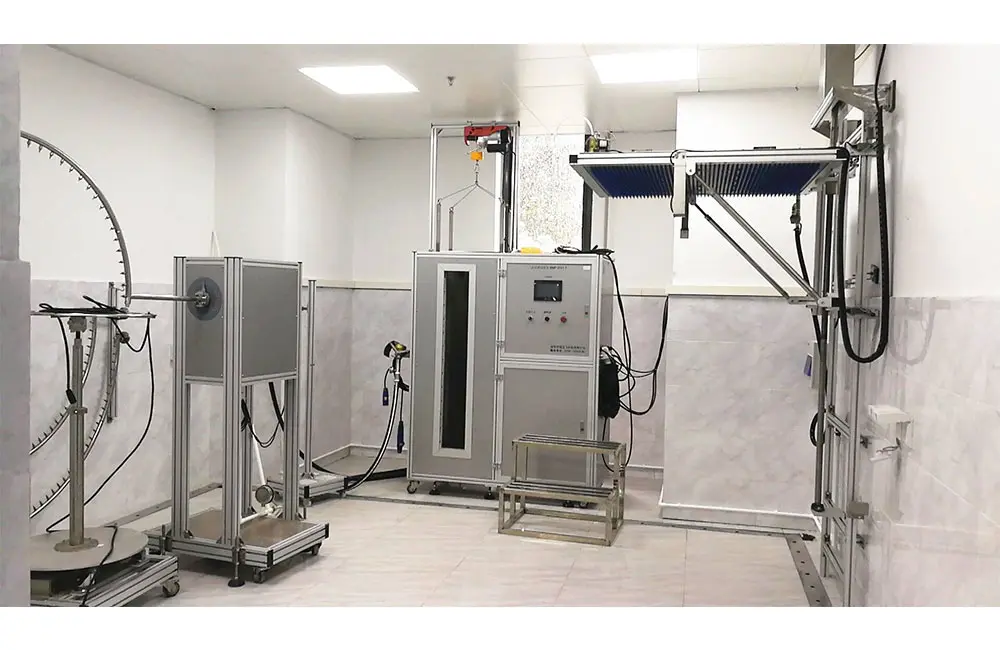
How to Get FCC certification for electric toothbrushes?
If an electric toothbrush includes radio frequency (RF) functionality (such as Bluetooth connectivity or wireless charging), it may require FCC (Federal Communications Commission) certification. FCC certification ensures that the product does not cause harmful interference to the radio spectrum and complies with U.S. standards for electromagnetic compatibility and safety. Below are the general steps to obtain FCC certification for an electric toothbrush:
1. Confirm applicable FCC rules
First, confirm whether your electric toothbrush requires FCC certification. If the toothbrush does not have radio frequency functionality, it may not need FCC certification but may require other types of certification, such as Verification or Declaration of Conformity (DoC) under FCC Part 15. If the toothbrush has wireless functionality, FCC Certification will be required.
2. Register for an FCC account
Register an account in the FCC's official system to submit applications and manage the certification process. Visit the FCC's official website to find the registration page and complete the registration.
3. Obtain an FCC Registration Number (FRN)
Apply for an FCC Registration Number (FRN), which is used to identify your company within the FCC system.
4. Apply for a Grantee Code
If this is your first time applying for fcc id certification, you need to apply for a Grantee Code. The Grantee Code is a permanent code used to identify the applicant.
5. Prepare technical documents
Prepare the necessary technical documents, including but not limited to:
1. Product description
2. Schematic diagram
3. Block diagram
4. User manual
5. Label layout
6. Bill of Materials (BOM)
7. PCB layout
8. Product photos
6. Conduct testing
Select an FCC-recognized laboratory to conduct the necessary fcc part 15 testing. The tests may include:
1. Electromagnetic compatibility (EMC) testing
2. Radiofrequency (RF) testing, if applicable
3. Safety testing, if applicable
4. Radiated emissions testing
5. Conducted emissions testing
7. Prepare and submit certification application
After testing is complete, prepare the certification application and submit it to the FCC or an authorized TCB (Telecommunications Certification Body). The application usually includes:
1. Test reports
2. Technical documents
3. FCC ID label information
4. Other supporting documents
8. Obtain an FCC ID
Once the application is approved, you will receive an FCC ID. The FCC ID is a unique identifier composed of the Grantee Code and a product code, which must be labeled on the product.
9. Label the FCC ID
Correctly label the FCC ID on the product and in the user manual. This is a legal requirement to show that the product has passed FCC certification.
10. Maintain certification status
Ensure that the design and manufacturing process of the product continues to comply with FCC certification requirements. If there are any design changes, retesting and recertification may be required.
11. Important considerations:
1. Certification fees: FCC certification fees include testing fees, certification application fees, etc. The exact cost depends on the complexity of the product and the number of required tests.
2. Timeline: The time required from preparation to obtaining certification varies depending on several factors, such as product complexity, testing speed, and the completeness of the application documents.
3. Professional consultation: If you are unsure about how to proceed with FCC certification or need professional guidance and support, it is recommended to contact a professional certification body or consulting firm.
By following the steps above, you can ensure that your electric toothbrush meets U.S. market safety and electromagnetic compatibility requirements and can be legally sold in the U.S.
Email:hello@jjrlab.com
Write your message here and send it to us
 What is the 4.3 Toxicology Test in ASTM F963?
What is the 4.3 Toxicology Test in ASTM F963?
 What is the Canada Tent SOR/2024-217 Test Report?
What is the Canada Tent SOR/2024-217 Test Report?
 How to get the Amazon AS/NZS 1900 Test Report?
How to get the Amazon AS/NZS 1900 Test Report?
 Children's Jewelry CPC Certification and ASTM F292
Children's Jewelry CPC Certification and ASTM F292
 Amazon Ladder Compliance Certification Guide
Amazon Ladder Compliance Certification Guide
 Amazon and Temu Require FCM Test Reports
Amazon and Temu Require FCM Test Reports
 Electric Kettle Amazon Canada Compliance Certifica
Electric Kettle Amazon Canada Compliance Certifica
 Do You Understand Amazon Compliance Certification?
Do You Understand Amazon Compliance Certification?
Leave us a message
24-hour online customer service at any time to respond, so that you worry!




